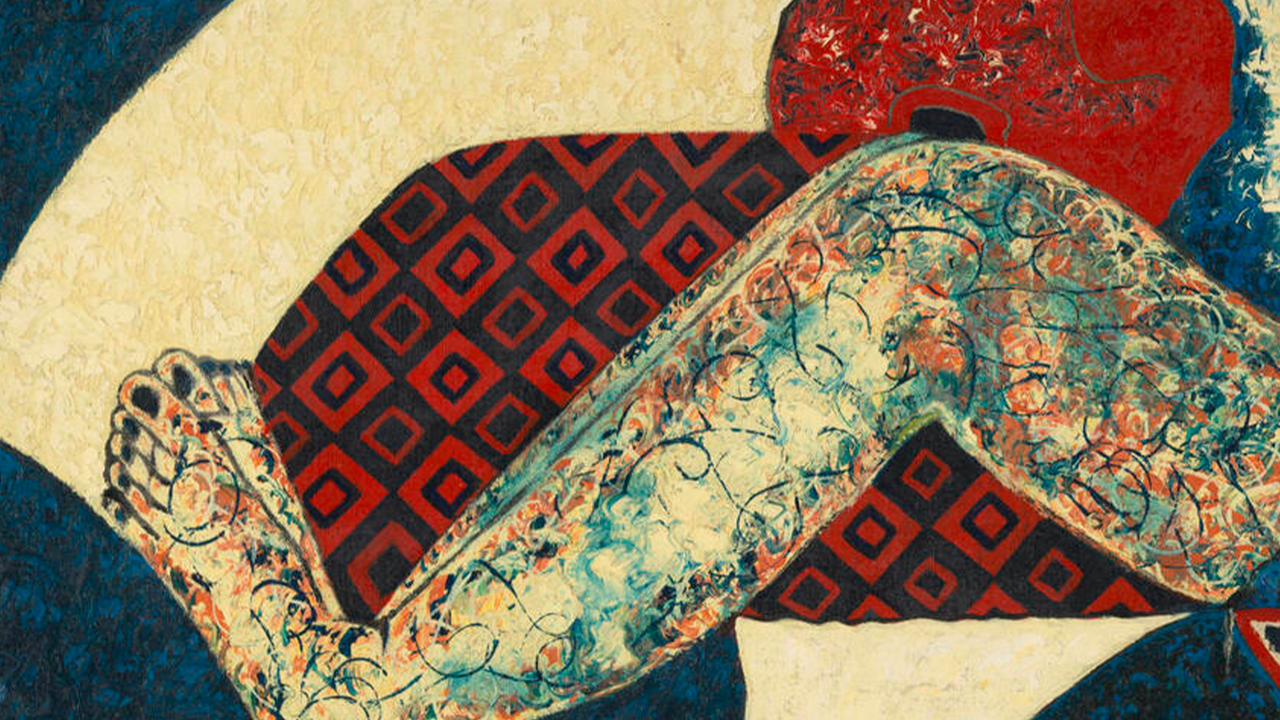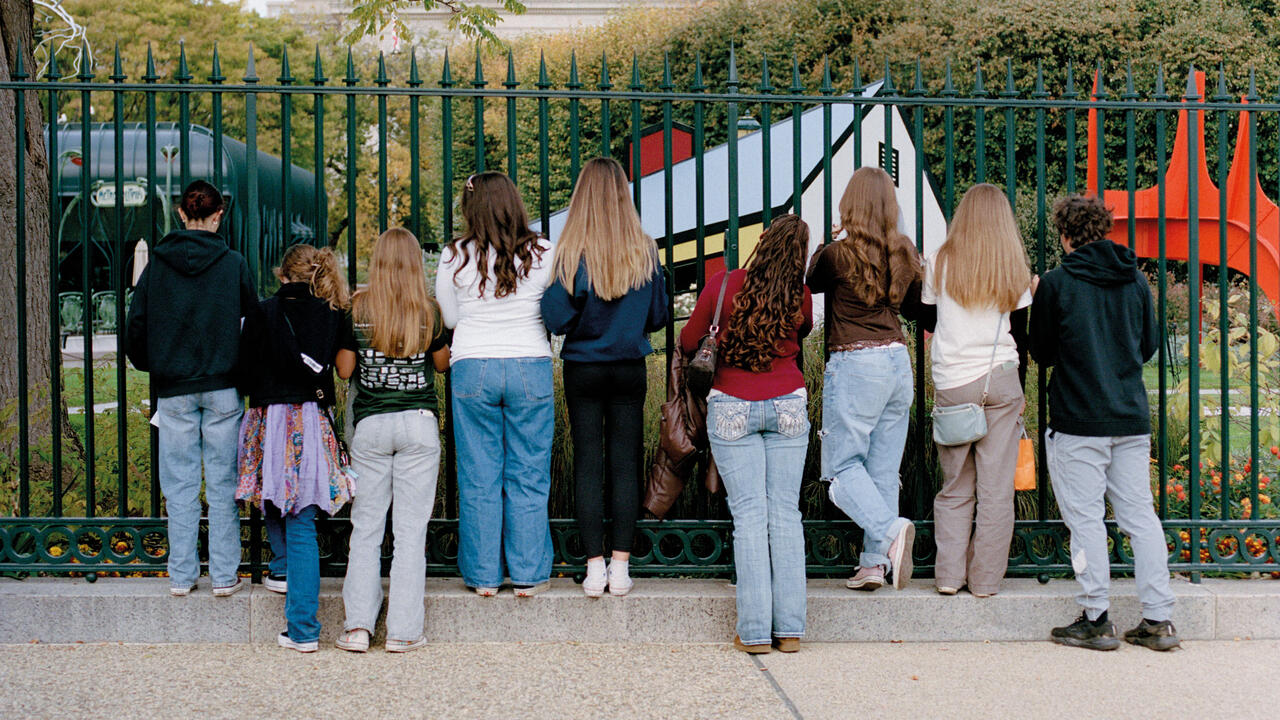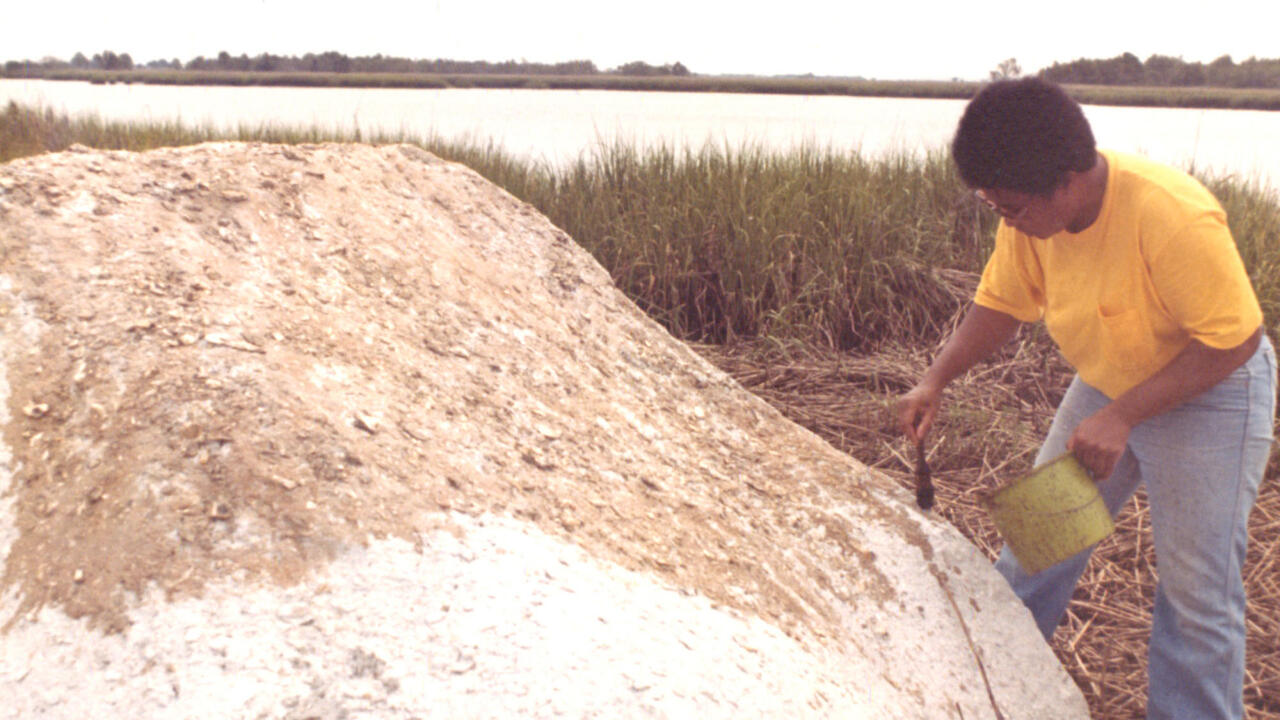Hopeless Utopia
Enchantment and contradiction in the first Antarctic Biennale
Enchantment and contradiction in the first Antarctic Biennale

‘I try in vain to be persuaded that the pole is the seat of frost and desolation; it ever presents itself to my imagination as the region of beauty and delight.’ So begins modernity’s ur-tale of humanity’s terrifying and seductive relationship to nature’s powers: Mary Shelley’s gothic novel Frankenstein (1818). Composed two centuries ago – amidst a mysterious episode of global cooling that resulted in the northern hemisphere experiencing a ‘summerless’ year – Shelley’s gripping parable is born of the fervent dreams inspired by icy winds. Few people recall, however, that this story is narrated amidst frozen Arctic seas by the captain of a ship bound for the North Pole. Today, our compass is reversed: we face not a year without summer, but a future without winter. And, while Shelley’s era romanticized the Arctic as terra incognita, artists now turn their dreams south.
In March this year, aboard the sturdy Russian research vessel Akademik Sergey Vavilov, an international team of artists, philosophers, scientists, journalists and critics departed from Tiera del Fuego in Argentina on an 11-day voyage, as part of the first Antarctic Biennale. Powerful aesthetic experiences often carry with them the demand to be shared. Shelley’s captain, embarking on his own treacherous polar voyage, laments: ‘I bitterly feel the want of a friend.’ He craves someone to share in his reveries and temper his emotions as he tests his limits against those of the world. By compounding the aesthetic force of Antarctica’s stark landscape, the Antarctic Biennale only served to intensify this desire for a collective experience amongst those assembled to witness this exploratory experiment.
As though caught by its katabatic winds, the commissioner and director of the Antarctic Biennale, artist and former Russian naval officer Alexander Ponomarev, and its curator, Nadim Samman, share a deep intuition for the ice continent’s fertility for monstrously seductive fictions. Crossing the 60th Parallel South to explore the imaginary interstices of Antarctica as a geophysical location and a geopolitical institution, the biennale sought ways to operate within and against the constraints of this unique site. With no indigenous human population of its own, Antarctica is the world’s only true wilderness. Governed by the Antarctic Treaty of 1959, the region is an exemplary domain of international co-operation, reserved for peaceful and scientific purposes. An ice-covered land mass with seasonally shifting physical boundaries – home to declining whale populations and domed by a hole in the ozone layer – Antarctica is an exquisitely sensitive physical register of global human activities. As we were reminded daily by the ship’s intrepid Canadian crew: the biennale must leave no trace on the landscape.
This constraint mobilized a multiplicity of strategies in a diversity of media: Alexis Anastasiou transformed icebergs into projection sites for displaced cave paintings and trenchant idioms. Strumming her sitar on a frigid promontory, Shama Rahman’s siren-like voice haunted an abandoned British base in English and Bengali. Through the mimimal intervention of setting an enormous egg amidst a rocky penguin colony, Zhang Enli defamiliarized an already alien landscape. And, by imagining that an isolated aspect of this world could survive transposition to warmer climes, Abdullah Al Saadi sketched a hieroglyphic alphabet based on the morphology of icebergs.

In addition to the way in which the landscape competed with – and often won against – the art, it also posed daily challenges for the installation of works that required a variety of weather conditions and terrain. Tomás Saraceno’s hot-air balloon sculptures needed sun to inflate while Yasuaki Igarashi’s kite waited for wind. Gustav Düsing’s diaphanous frozen tent, thoroughly prototyped in the Berlin winter, demanded cold temperatures that never quite materialized on our late summer trip – inconveniences that only heightened our climatic attentions.
The legal infrastructure of Antarctica likewise presented obstacles to artists more accustomed to probing institutions. Exploring an elaborate vision of conceptual biocolonialism, Paul Rosero Contreras, who had previously spent a month in Antarctica, managed to secure a scientific permit to bring a specially cultivated cacao plant to the continent, evoking the ancient fossil record of the region’s tropical past and its possible future. Julius von Bismarck’s Piscean time traveller – a fresh-water koi fish for whom he built a luxury submarine equipped for multispecies tourism – was not so lucky. And, even before the Antarctic Treaty’s ban on weapons could come up for creative interpretation, Julian Charrière’s performance of a scene from an 1889 dystopian novel about the commodification of the South Pole was interrupted when German police impounded his coconut-launching ice cannon just days before deployment. Meanwhile, Yto Barrada spent the trip quietly botanizing, collecting food scraps and, rumour has it, illicitly obtaining penguin guano to produce pigments for ice-dyeing textiles, creating a material record of the voyage itself.
In a gesture as subtle as the biennale was grand, Ponomarev created an underwater installation: a poetic array of illuminated spheres visible only to the enormous pod of humpback whales that graced us with their presence for two days — much to the awe of even our seasoned Canadian crew. When pressed, Ponomarev refused the implication that the biennale might be considered his own Gesamtkunstwerk. Yet, it cannot be overlooked that the exhibition-as-expedition, iterated elsewhere by both Ponomarev and Samman, among others, presents itself insistently as an aesthetic form with its own timely constellation of institutional, political and affective affordances and constraints.
‘Good morning biennale. Boats leave at 8:30 am. Artists first.’ The first Antarctic voyage devoted exclusively to cultural production, this ‘biennale upside down’ foregrounded the human drives and fantasies that have always animated polar ambitions. Nowhere was this articulated more clearly than in Andrey Kuzkin’s memorable performance, in which the great explorer Sir Ernest Shackleton’s voyage south on the Endurance is recast as a work of endurance art, with a naked Kuzkin presenting himself headfirst in the ice.
What may be termed Antarctic culture issues from the sedimented traces left on the landscape and in the global cultural imagination by colonial explorers, whalers, scientists, tourists and the handful of artists that have previously joined research missions to the continent. A marginal tradition of Antarctic esoterica traffics in ice-walled Edens and nefarious conspiracies — themes that surfaced subtly in the lectures and film series which punctuated our excursions on land and sea. In the hands of an audacious curator, the unruly spirits of the southern continent were enrolled as tacit collaborators, imbuing the biennale with a spirit of magical implausibility.
Enchanting as it was, the Antarctic Biennale distilled the manifold contradictions and absurdities of contemporary art. What site could be more specific? What biennial more exclusive? What institution more deserving of critique? Could any installation better exemplify the ‘post-medium condition’ identified by Rosalind Krauss in her text A Voyage on the North Sea (2000)? With the full knowledge that we were fuelling desires for this place which, if fulfilled, would hasten its destruction, participants felt the pressure to justify the apparent decadence of this ‘existential cruise’ – to borrow a phrase from one of the project’s sponsors, cybersecurity entrepreneur Eugene Kaspersky.
With a third of the trip spent in the stormy Drake Passage, causing many participants to suffer seasickness, Juliana Cerquiera-Leite’s Vestibule offered perhaps the most nuanced comment on site-specificity by amplifying an embodied state that is normally medicated against. Welded to the ship’s cross beams in the presentation room, four free-swinging chairs suspended opposite a large screen allowed visitors to watch a live-streamed CCTV feed of the view from the bow, while a series of short films explored disembodiment and re-orientation through dance, helicopter crash test training and near-death experiences. Vestibule promised a temporary feeling of stillness amidst relentless motion or, rather, of alignment between the position of our bodies in space and our view of the horizon line. Responses ranged from nausea to bliss; tellingly, the work was ultimately retained by the boat’s crew.
As the world waits for the Antarctic ice shelf to crack — unleashing tsunamis and rising seas that will be felt across the globe — this voyage of exploration of the Antarctic imaginary suggested, in microcosm, ways of orienting ourselves affectively and politically within a catastrophically destabilized natural world. If the Arctic was where Frankenstein and his creation went to die, Antarctica stands for the possibility of living well with our monsters today.
Main image: Photography exhibition on Cuverville Island, part of the Antarctic Biennale, 2017. Courtesy: the Antarctic Biennale






















